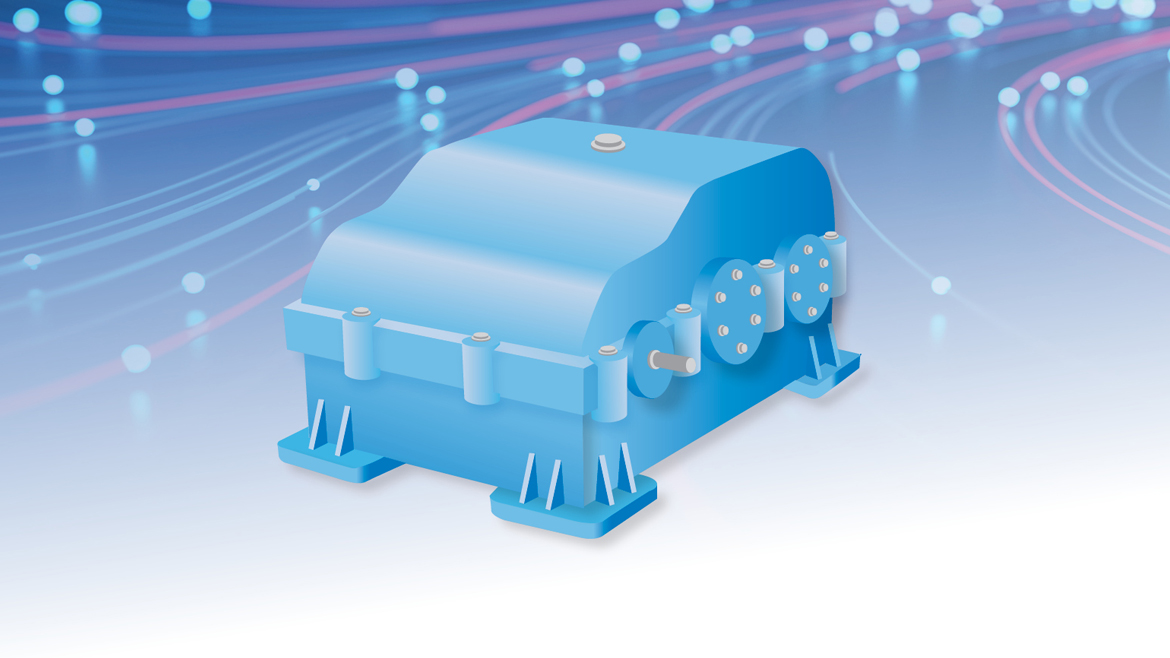Mobile:+86-311-808-126-83
Email:info@ydcastings.com
end cap fitting
Understanding End Cap Fitting Key Considerations and Applications
End cap fittings are essential components in various industries, playing a crucial role in the functionality and integrity of piping systems, containers, and more. This article aims to provide a comprehensive overview of end cap fittings, including their types, applications, installation considerations, and benefits.
What are End Cap Fittings?
End cap fittings are specialized connectors used to seal the ends of pipes or tubes. They serve to close off the open end, providing a barrier that prevents the loss of materials or substances within a pipe system. These fittings can be made from various materials, including metal, plastic, and rubber, depending on the specific application and the properties required, such as durability, corrosion resistance, or flexibility.
Types of End Cap Fittings
End cap fittings can be broadly categorized based on their material composition and design
1. Metal End Caps Typically made from steel, stainless steel, or aluminum, these fittings are known for their strength and durability. They are commonly used in high-pressure and high-temperature applications, such as oil and gas pipelines.
2. Plastic End Caps Manufactured from materials such as PVC, CPVC, or polyethylene, plastic end caps are lightweight and resistant to corrosion. They are often used in chemical processing and water supply systems.
3. Rubber End Caps These fittings provide flexibility and can accommodate variations in temperature and pressure. They are frequently employed in applications requiring vibration dampening and sound insulation.
Applications of End Cap Fittings
End cap fittings have a wide array of applications across different sectors
- Industrial Piping Systems In manufacturing plants, end caps are used to seal pipes carrying fluids, ensuring that there are no leaks that could lead to operational inefficiencies or environmental hazards.
- Automotive Industry They are used in exhaust systems and fuel lines to prevent the escape of gases or liquids, thus ensuring that the vehicle runs efficiently and safely.
- HVAC Systems End caps are integral in heating, ventilation, and air conditioning systems, enabling efficient airflow and preventing energy loss.
- Plumbing In domestic plumbing, end caps provide a simple method to close off pipe ends, preventing water leaks and potential damage to property
.end cap fitting

Installation Considerations
When installing end cap fittings, several factors must be taken into account
1. Compatibility Ensure that the end cap is compatible with the pipe material and size. Mismatched fittings can lead to leaks or system failures.
2. Sealant Usage Depending on the application, a sealant may be necessary to enhance the fitting's leak-proof capabilities, especially in high-pressure systems.
3. Temperature and Pressure Ratings Check the end cap’s ratings to ensure it can withstand the operational conditions it will face in your system.
4. Installation Techniques Various methods can be employed for installation, including welding, threading, or using adhesives. The choice of technique will depend on the materials involved and the specific application requirements.
Benefits of Using End Cap Fittings
Utilizing end cap fittings provides several advantages
- Leak Prevention They effectively prevent leaks, which can lead to significant financial losses and environmental issues.
- System Integrity By securing the ends of pipes, end caps help maintain the structural integrity of piping systems.
- Simplicity They offer a straightforward solution for closing off pipe ends, making installation and maintenance more manageable.
- Versatility With a wide range of materials and designs available, end caps can be used in a variety of applications, from industrial to residential.
Conclusion
In summary, end cap fittings are vital components in ensuring the efficiency and safety of various systems. By understanding their types, applications, and installation considerations, industries can effectively utilize these fittings to enhance operational performance while minimizing risks. Whether in plumbing, automotive, or industrial applications, the proper use of end cap fittings can lead to significant improvements in system reliability and functionality, making them an indispensable element in engineering and construction.
-
Why Should You Invest in Superior Pump Castings for Your Equipment?NewsJun.09,2025
-
Unlock Performance Potential with Stainless Impellers and Aluminum End CapsNewsJun.09,2025
-
Revolutionize Your Machinery with Superior Cast Iron and Aluminum ComponentsNewsJun.09,2025
-
Revolutionize Fluid Dynamics with Premium Pump ComponentsNewsJun.09,2025
-
Optimizing Industrial Systems with Essential Valve ComponentsNewsJun.09,2025
-
Elevate Grid Efficiency with High-Precision Power CastingsNewsJun.09,2025











